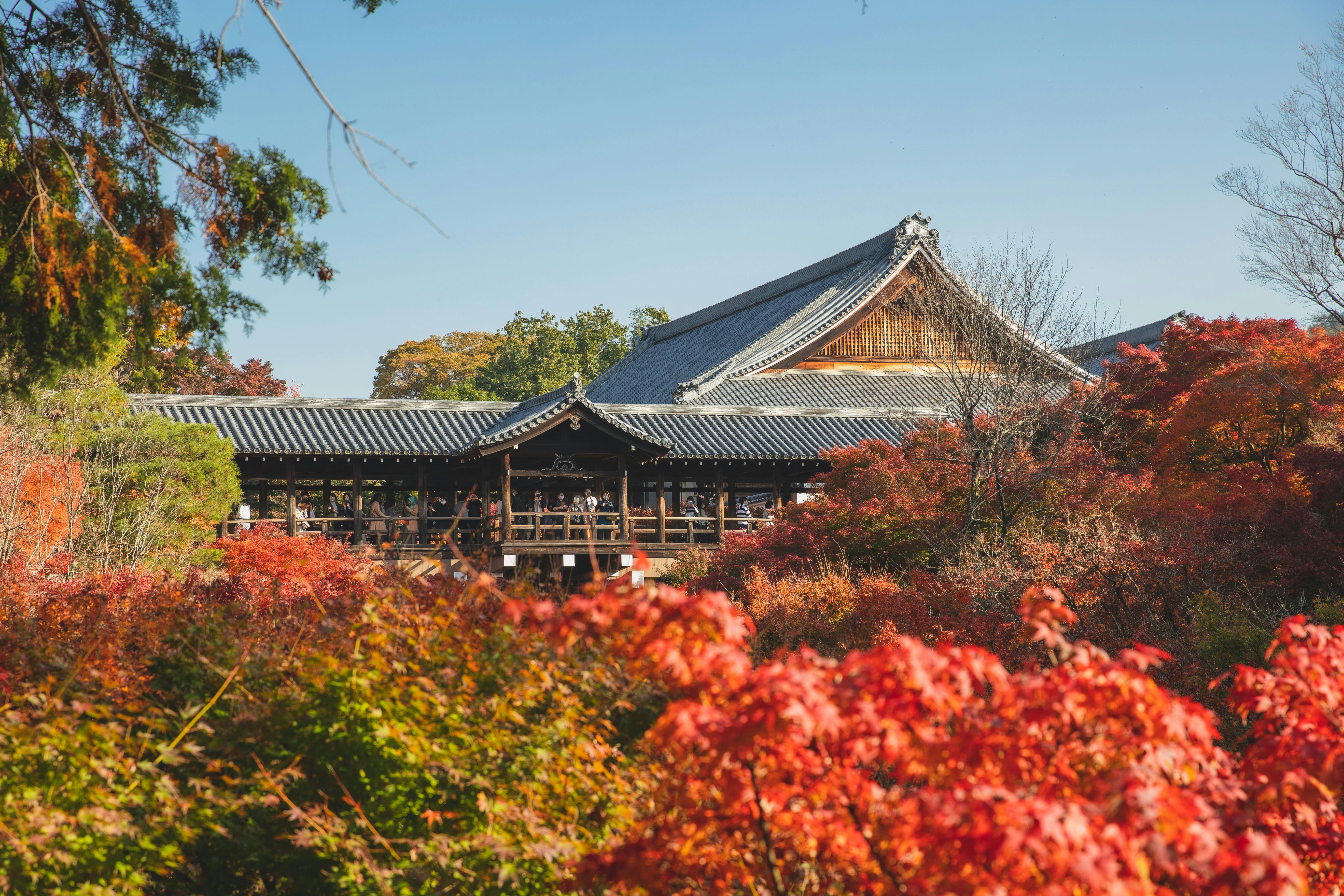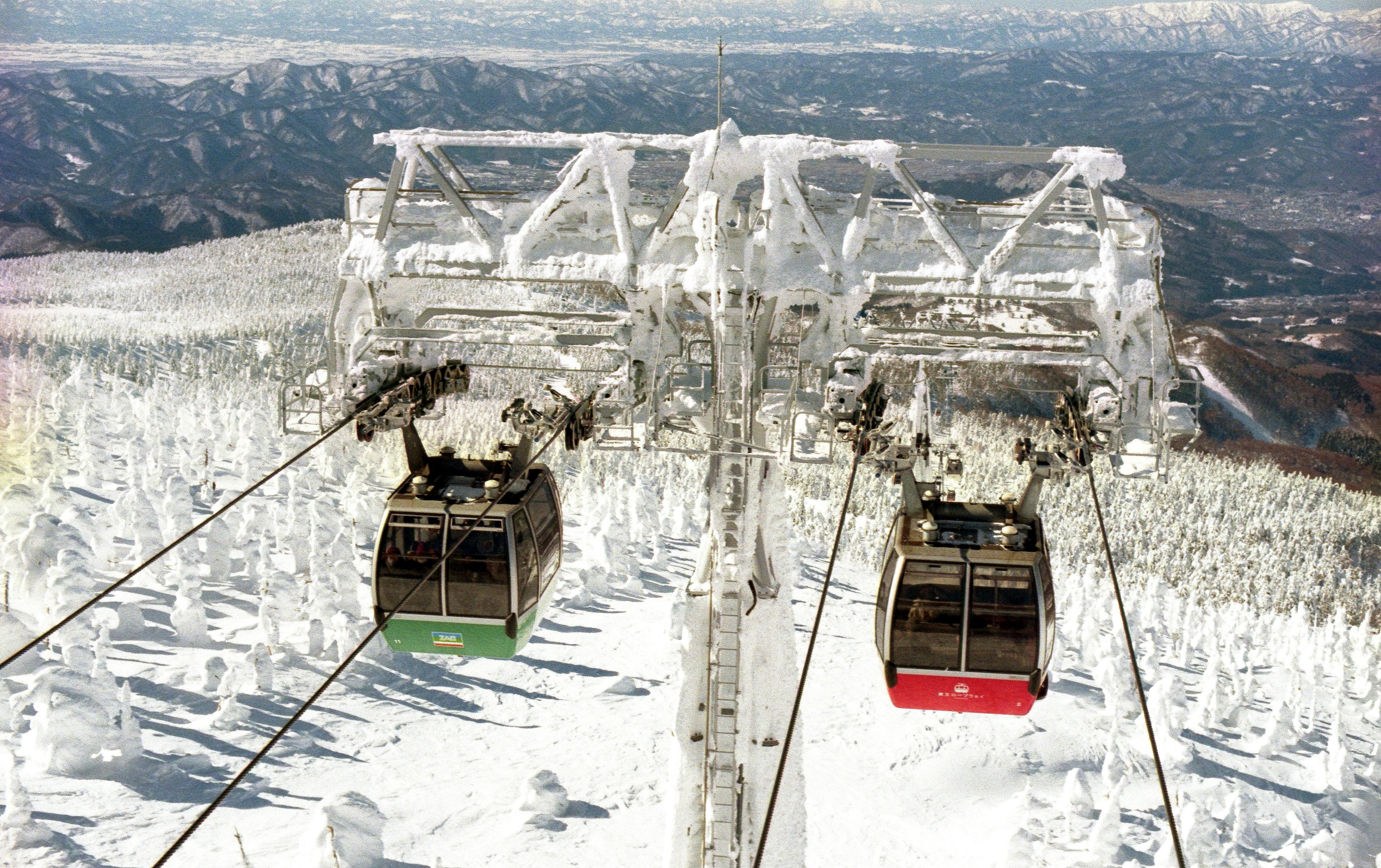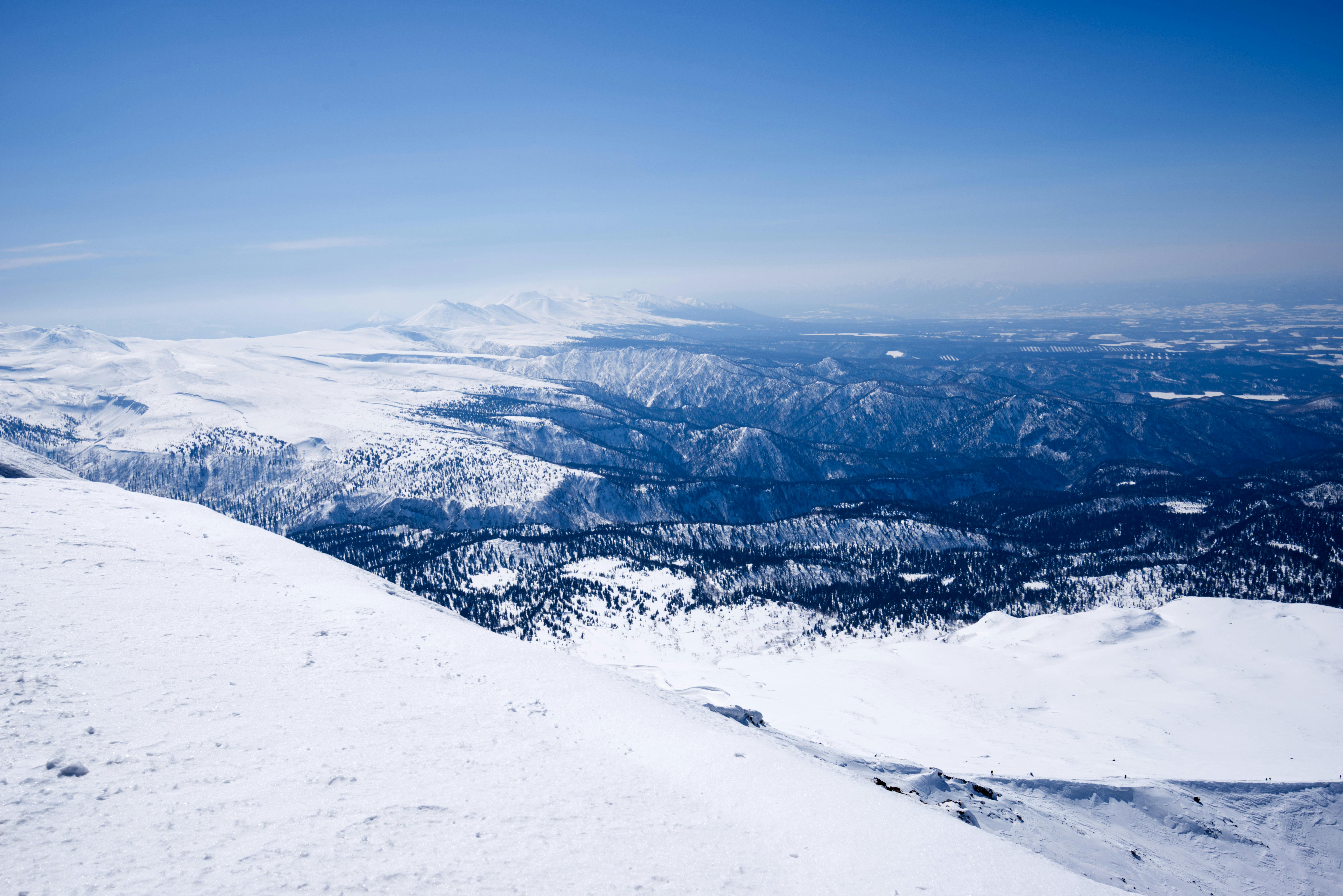Seasons
Step into a season of quiet beauty and vibrant color as we take you through Japan’s most breathtaking places to witness the changing leaves. From temple gardens to alpine trails, this is your refined companion to autumn in Japan.
October 1, 2024
7 mins read
As the last cicadas of summer fall silent and the air turns brisk with the scent of woodsmoke, Japan enters one of its most beloved seasons: autumn. From the northern reaches of Hokkaido to the rolling hills of Kyushu, the landscape becomes a masterpiece of crimson, gold, and amber. Known locally as koyo (紅葉), the tradition of admiring the turning leaves is more than a seasonal pastime—it is a cultural ritual steeped in aesthetics and quiet contemplation, much like the springtime reverence for cherry blossoms.
In this curated guide, we offer discerning travelers an elegant journey through Japan's most breathtaking autumn destinations, weaving in the best viewing times, immersive experiences, and the tranquil mood that defines fall in the archipelago.
2025 Japan Fall Foliage Forecast (At-a-Glance)
Here’s a quick snapshot of the estimated peak viewing periods across Japan:
Region | Estimated Peak | Notable Cities |
|---|---|---|
Hokkaido | Late October | Sapporo, Daisetsuzan |
Tohoku | Early November | Nikko, Lake Towada |
Tokyo/Kanto | Mid–Late November | Tokyo, Hakone |
Kansai | Late November | Kyoto, Nara |
Kyushu | Late Nov–Early Dec | Fukuoka, Kumamoto |
Tip: Peaks vary slightly year to year — check local forecasts and webcams before your trip!
When is the Best Time to See Fall Foliage in Japan?
Timing the fall foliage in Japan is both a science and an art. Generally unfolding from late October to early December, the season begins in the cooler, alpine heights of Hokkaido and gradually descends southward like a slow, elegant curtain call. This natural rhythm allows travelers to experience the transformation across different landscapes, from snow-dusted mountain passes to moss-covered temple gardens.
Altitude plays a quiet but pivotal role—highland regions such as Daisetsuzan in Hokkaido or Kamikochi in the Japanese Alps will reveal their colors early, often in late September or early October. Further south, cities like Kyoto and Tokyo enter their peak in mid to late November. Climate conditions, particularly temperature and rainfall, can hasten or delay the spectacle, making local foliage forecasts a helpful companion for those seeking the perfect moment.
Best Places to See Fall Foliage in Japan
Throughout the country, the changing leaves are more than a scenic backdrop—they are a lens through which one sees Japan anew. Whether strolling through storied temples or tracing the shores of alpine lakes, each region offers a distinct mood and palette.
Kyoto
Few places capture the poetic grace of autumn like Kyoto. The city’s ancient temples and wooden walkways are enveloped by a fiery tapestry of maples, their leaves reflecting in the still waters of moss-lined ponds. At Tofuku-ji, arching bridges rise above a crimson sea, while Eikando glows at twilight with its famed evening illuminations. In Arashiyama, mist drifts through the mountains, softening the landscape as the Katsura River winds below.
Tokyo
In Tokyo, the autumn season is a gentle counterpoint to the city’s kinetic pace. Urban oases such as Shinjuku Gyoen and Rikugien Garden offer tranquil pockets where golden ginkgo and deep red momiji trees rustle in the breeze. For those seeking a day trip, Mount Takao rewards with forest trails that lead to sweeping vistas and the quiet hum of temple bells drifting across the valley.
Nikko & Tohoku
To the north, Nikko unfurls like a scroll painting—its ornate shrines nestled among towering cedars and brilliant foliage. Along the shores of Lake Chuzenji and the cascades of Ryuzu Falls, reflections of amber and vermilion shimmer against the water. Even further afield, Tohoku holds lesser-traveled wonders like Mount Hakkoda, where the air is cool and clean, and the silence is broken only by the rustling of leaves.
Hokkaido
Hokkaido’s wilderness offers Japan’s first signs of autumn. The vast expanses of Daisetsuzan National Park are a haven for hikers, where trails wind through alpine meadows ablaze with early color. Nearby, Jozankei Onsen invites travelers to soak in open-air baths as steam mingles with falling leaves, creating a moment of restorative calm.
Fuji Five Lakes
Few vistas are as iconic as Mount Fuji framed by autumn foliage. In the Fuji Five Lakes region, Lake Kawaguchiko offers mirror-like reflections of scarlet maples and the snow-capped peak beyond. At Chureito Pagoda, the view at dawn—with Fuji rising behind a canopy of red leaves and temple spires—feels nothing short of cinematic.
Hidden Gems (Kyushu / Nara / Kamikochi)
For those seeking solitude and surprise, Japan offers quieter corners where autumn whispers instead of shouts. In Kamikochi, the clear waters of the Azusa River reflect golden larch trees beneath towering peaks. In Nara, deer meander beneath ginkgo trees in the ancient capital’s parklands. And in Kyushu, volcanic landscapes like Mount Aso offer a dramatic contrast to the soft textures of fall.
Fall Foliage Tours & Scenic Routes
Japan’s refined transportation network becomes a scenic stage in autumn. The JR East Leaf Viewing Pass opens up a curated journey through the heart of Kanto and Tohoku, connecting travelers to destinations where nature and heritage converge. In Kyoto, the Sagano Scenic Railway offers a nostalgic passage along the Hozugawa River, framed by glowing foliage.
Those behind the wheel will find the Hakone Loop and the Nakasendo Trail ideal for immersive detours, blending open-road freedom with cultural discovery. And for guests seeking curated experiences, guided tours available through platforms like Viator or Klook provide insight, context, and comfort.
What to Pack for Autumn in Japan
Autumn in Japan is a season of contrasts—sunlit afternoons and brisk evenings, mountain breezes and city calm. Travelers should prepare to dress in layers, allowing for both warmth and flexibility as they move between climates and altitudes.
A lightweight jacket, soft knits, and a scarf will serve well. An umbrella is wise for light drizzles, and comfortable footwear is essential for long days spent walking temple paths or forest trails. With every turn offering a picture-perfect moment, a camera—or at least a well-prepared smartphone—is your indispensable travel companion.
Japan Fall Foliage Travel Tips
Book accommodations early, especially in popular cities like Kyoto and Tokyo
Avoid travel during national holidays such as Culture Day (Nov 3) and Labor Thanksgiving Day (Nov 23)
Use a JR Pass or IC Cards for seamless transport
Many parks and temples offer special evening light-ups — check local listings
Bring cash for entry fees and small vendors in rural areas
Frequently Asked Questions
When is fall foliage season in Japan?
Fall foliage season in Japan typically begins in late October in the north and lasts through early December in the south. The timing depends largely on region and elevation, with Hokkaido seeing the earliest color changes and Kyushu the latest.
Where is the best place to see autumn leaves in Japan?
Japan offers a wealth of destinations for leaf viewing. Kyoto's temple gardens, Tokyo's city parks, the mountainous landscapes of Nikko, and the picturesque Fuji Five Lakes are among the most celebrated. Each region presents its own aesthetic, shaped by history, geography, and cultural heritage.
Is November a good time to visit Japan?
November is an exceptional time to visit Japan. The weather is cool and clear, the autumn foliage is often at its peak, and the atmosphere is vibrant yet serene. It's a favored month for domestic and international travelers alike.
When do leaves change in Kyoto?
In Kyoto, the leaves typically begin changing color in early November, with the peak occurring around the third or fourth week of the month. This can vary slightly depending on yearly climate conditions.
Can I see fall foliage in Tokyo?
Yes, Tokyo offers beautiful autumn displays in parks such as Shinjuku Gyoen, Rikugien, and Ueno Park. For a more nature-focused outing, Mount Takao provides a peaceful escape with wooded trails and sweeping views.
What does “koyo” mean in Japanese?
“Koyo” (紅葉) refers to the phenomenon of autumn leaves changing color, particularly the red and yellow hues of maple and ginkgo trees. It is a cherished part of Japanese seasonal culture, akin in significance to cherry blossom viewing in spring.















